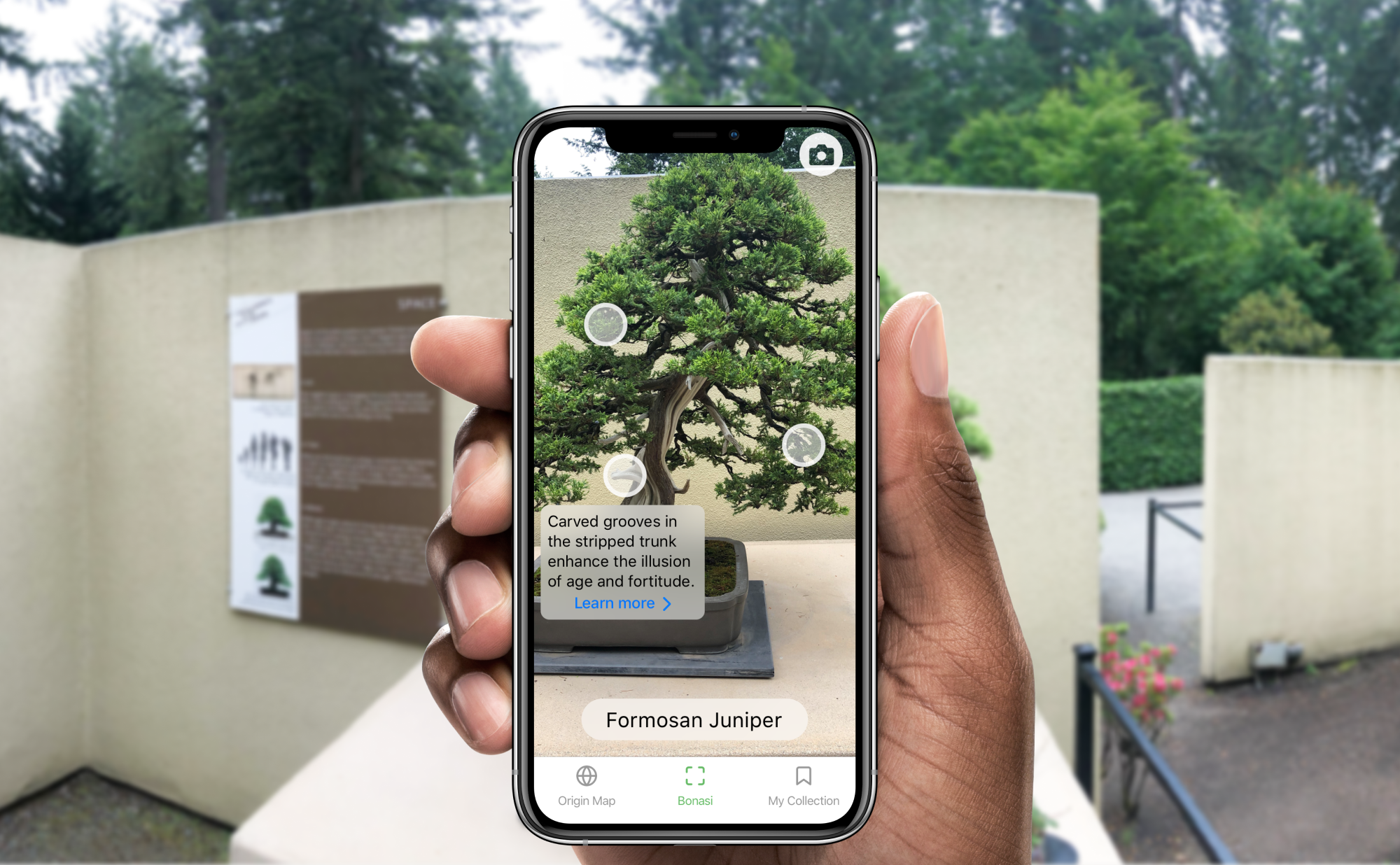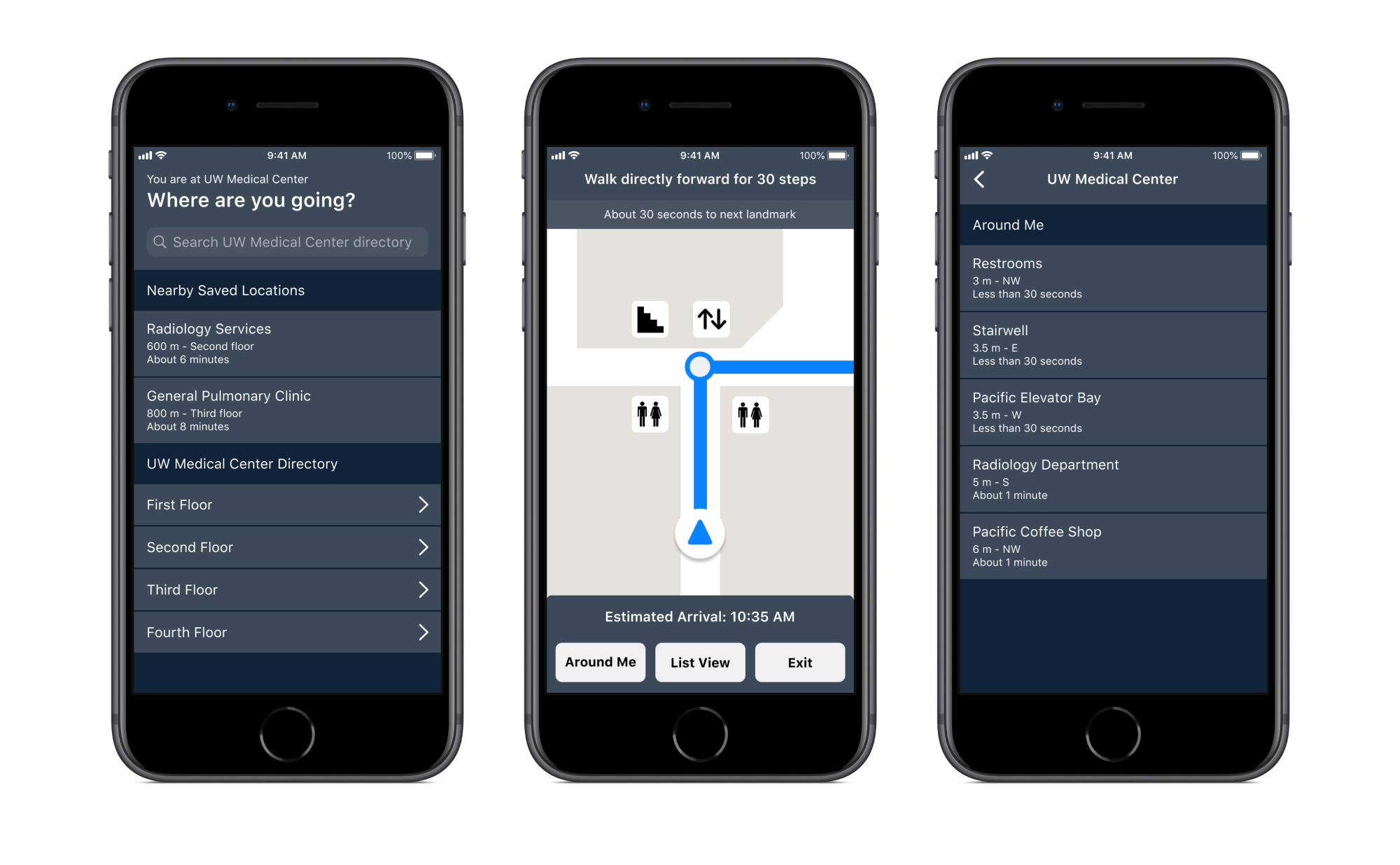Aural Habilitation Boardgame
10 weeks, 2018
- User research
- Game design
- Visual design
With a team of four designers, I designed a collaborative boardgame to help kids with cochlear implants or hearing aids engage with their aural habilitation therapy.
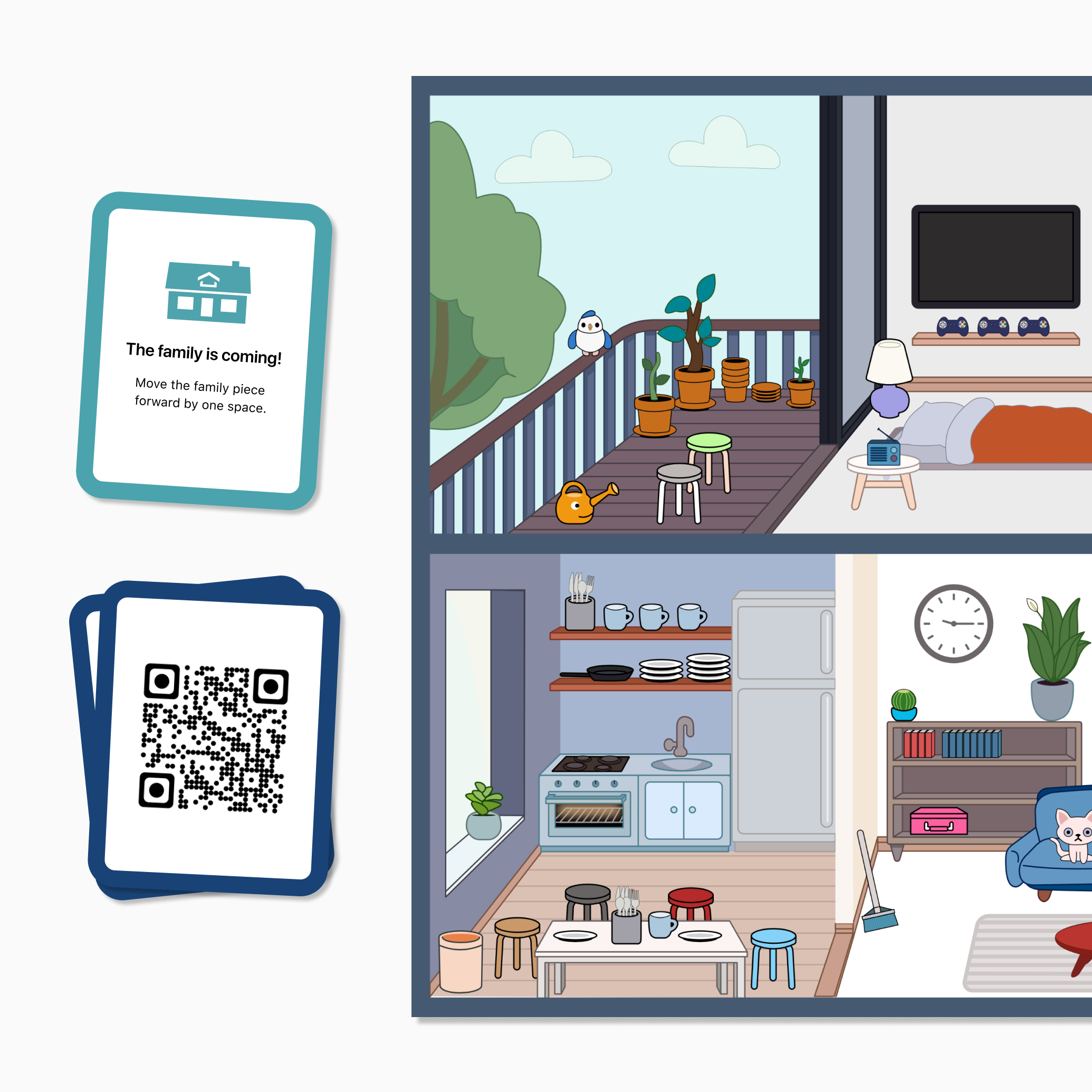

What's the opportunity?
Per the CDC, 1 in 500 infants are born with or will develop hearing loss in early childhood. Depending on the type and severity of hearing loss, either a cochlear implant or hearing aid will be recommended. Aural habilitation therapy is a process that helps children with hearing loss develop listening, language, and communication skills.
Working with Seattle Children’s Hospital and a team of four designers, we contributed a collaborative boardgame to engage children with their aural habilitation therapy.


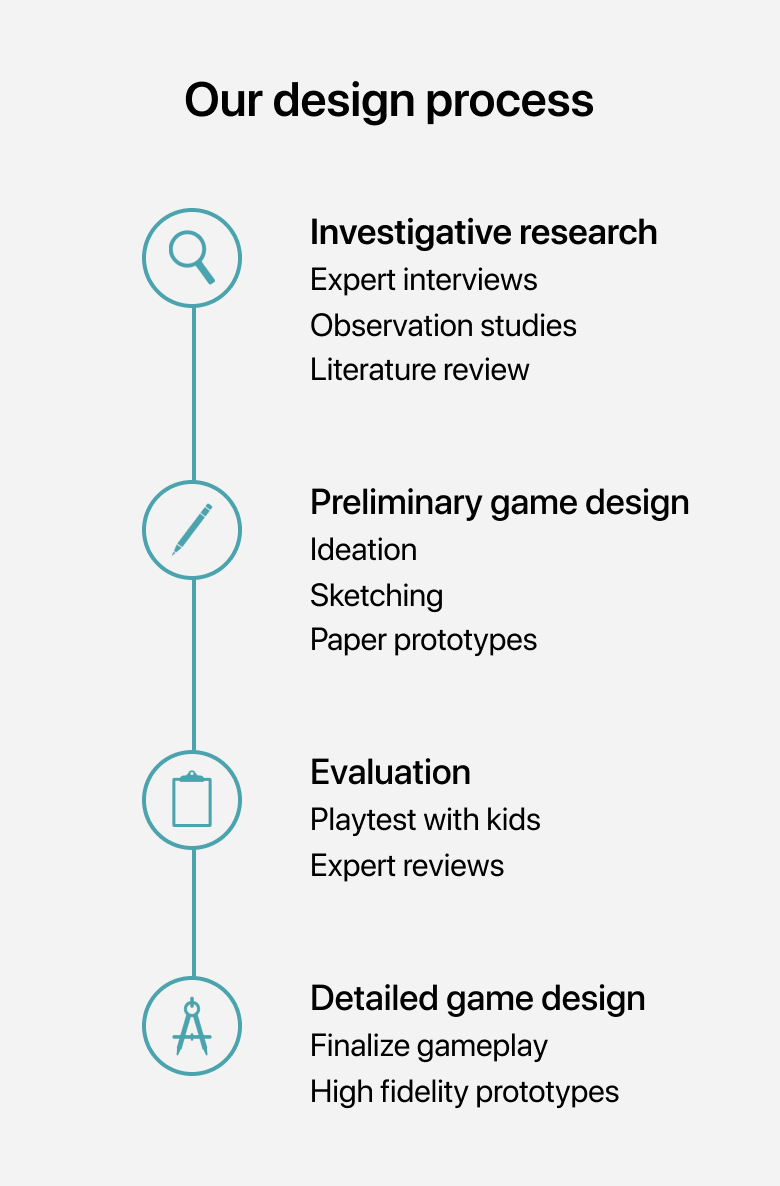


Investigative research
To understand and scope our problem space, we carried out a mixed methods study involving interviews, field observations, and a literature review. From the research, we created the following requirements:
One challenge we faced in this stage was getting access to children with cochlear implants or hearing aids and their families. We worked with Seattle Children’s to find connections but ultimately, were unable to speak with our target user group directly. To make up fo this, we conducted extensive secondary research to learn as much as we could.
Design requirements
Observational study
We observed an aural habilitation therapy session led by a speech and language pathologist. The patient was a 5 year old girl who was accompanied by her grandmother. The purpose of the observational study was to understand the interactions between patients, families, therapists, and artifacts in the hospital therapy environment. Furthermore, we wanted to interpret the actual experiences of patients; specifically, what they actually did and how they behaved. Due to patient confidentiality, we did not record audio or take pictures during the observation session but we did take handwritten field notes. After cleaning up our notes, we open-coded them and performed a thematic analysis.
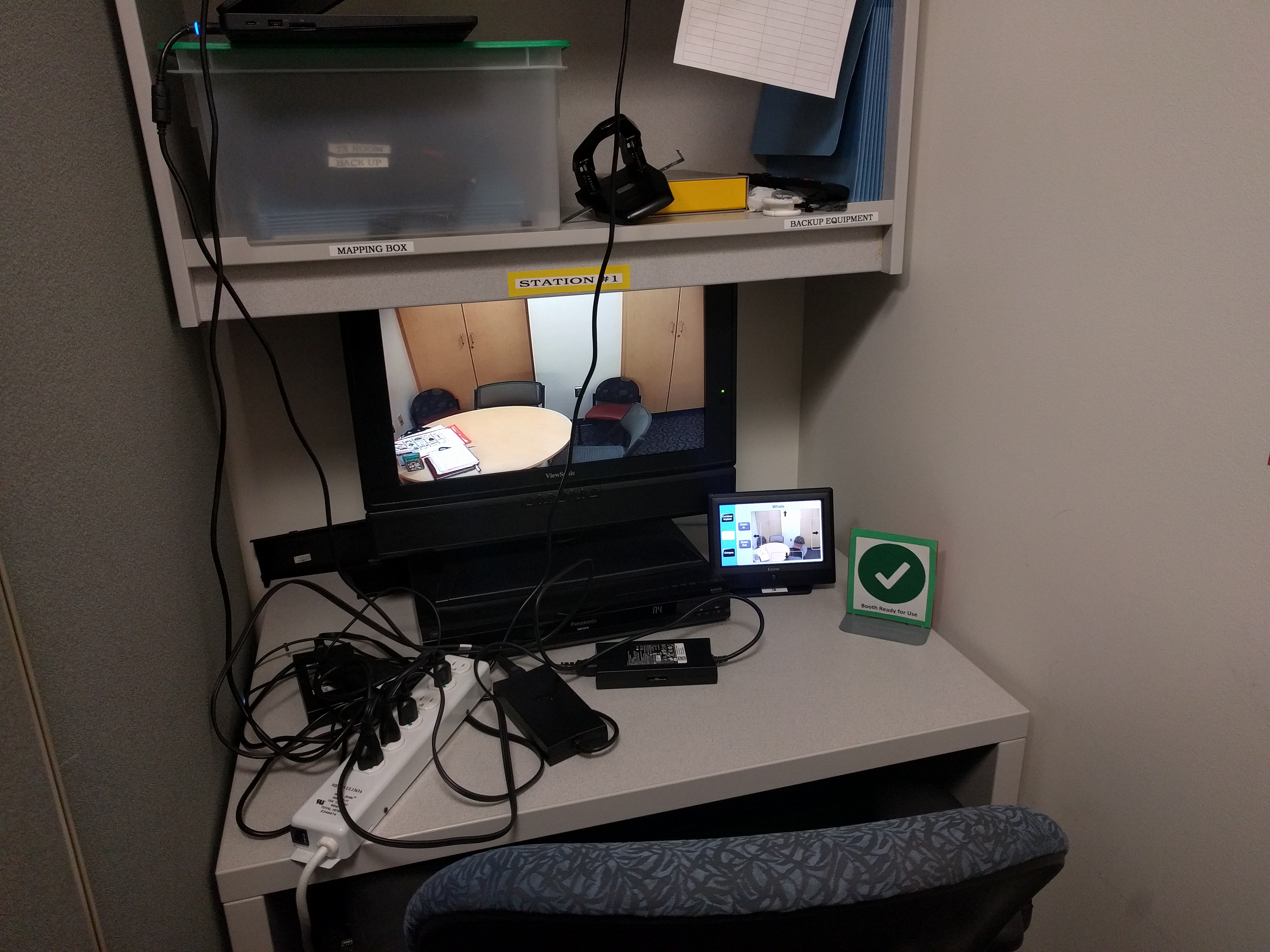
Expert interviews
We interviewed a pediatric otolaryngology surgeon (inserts cochlear implants) and a psychologist that works with families during the cochlear implant surgery process. The purposes of these interviews was to understand the practical process of getting a cochlear implant and to hear from the point of view of experts the common pain points and important stages in the process.
Literature review
We watched videos and read articles posted by young adults with cochlear implants and hearing aids to empathize and build an understanding for living with hearing loss. In addition to these self-authored sources, we also researched various ethnographies from medical literature to learn from a larger number of patients. Each of us read the graphic memoir, El Deafo by Cece Bell which was pointedly influential in our research and later design phases.
Ideation
After reviewing our research findings and design requirements, each member of the team individually sketched out design ideas. As a group, we discussed our ideas, categorized them based on similarity, and then decided to focus on the most frequent or promising ideas. We ultimately filtered down to two ideas based on how well they satisfied our design requirements.
Two promising designs

Low fidelity prototyping
We then created low fidelity representations of our ideas—paper prototypes for both the app and boardgame. We presented the prototypes to our peers and instructor, who provided feedback and further guidance.
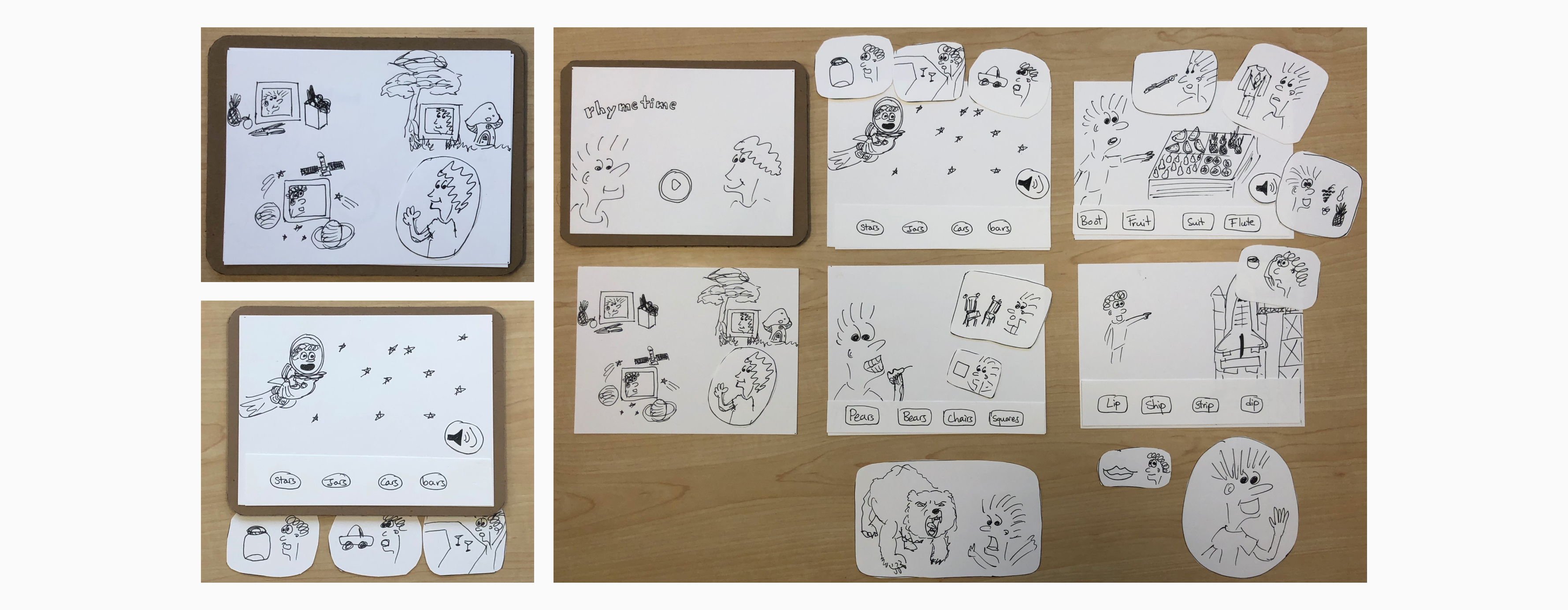
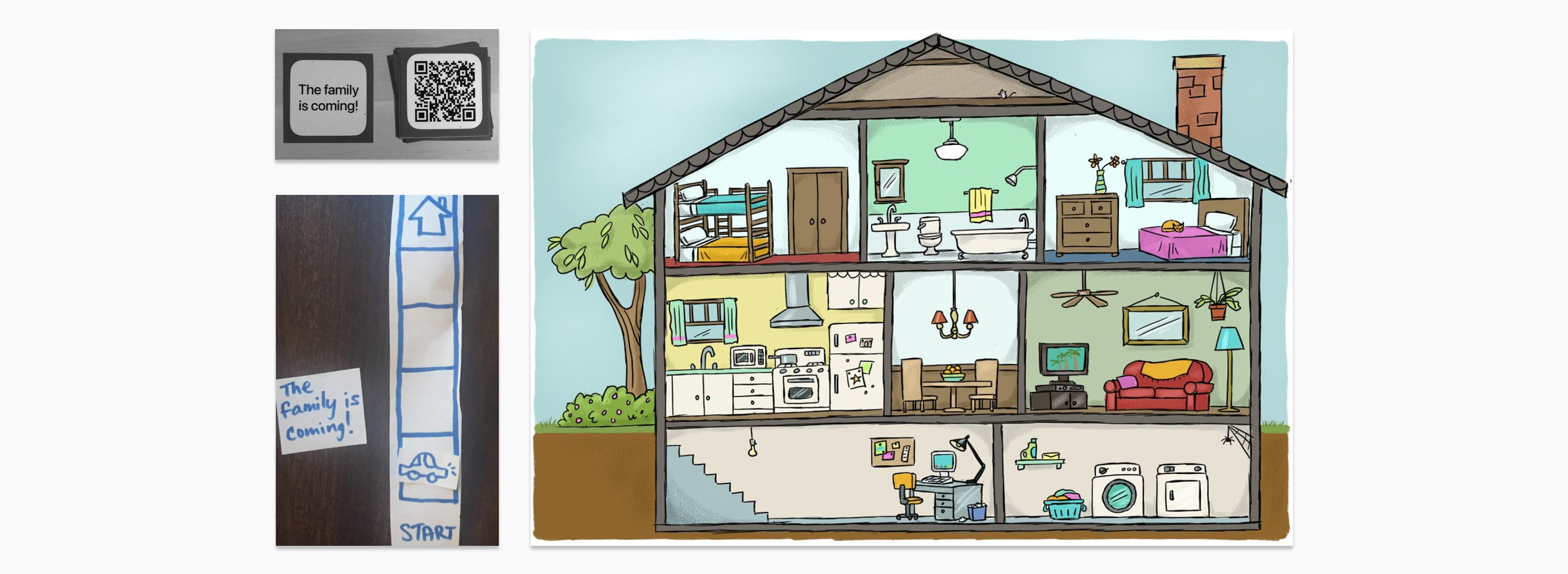
Deciding on the design to pursue
After careful consideration of our design requirements and user needs, we decided to focus on the boardgame.
The boardgame would afford easier collaboration, involving patients, friends, and parents. A multiplayer boardgame with the right gameplay would invite conversation amongst players that help strengthen listening and speaking skills.

Playtest with kids
We brought our boardgame prototype to a support group for children with hearing loss at Seattle Children’s Hospital. We taught them how to play the game and then observed and asked questions about what they thought.
Feedback & findings
- Facilitation by an adult or older child is needed to teach game mechanics and ensure turn-taking.
- Kids were enthused by racing against the clock (to beat the game before the family came home).
- Kids found scanning QR codes to be fun, engaging, and novel.
- Kids felt the game was too easy.
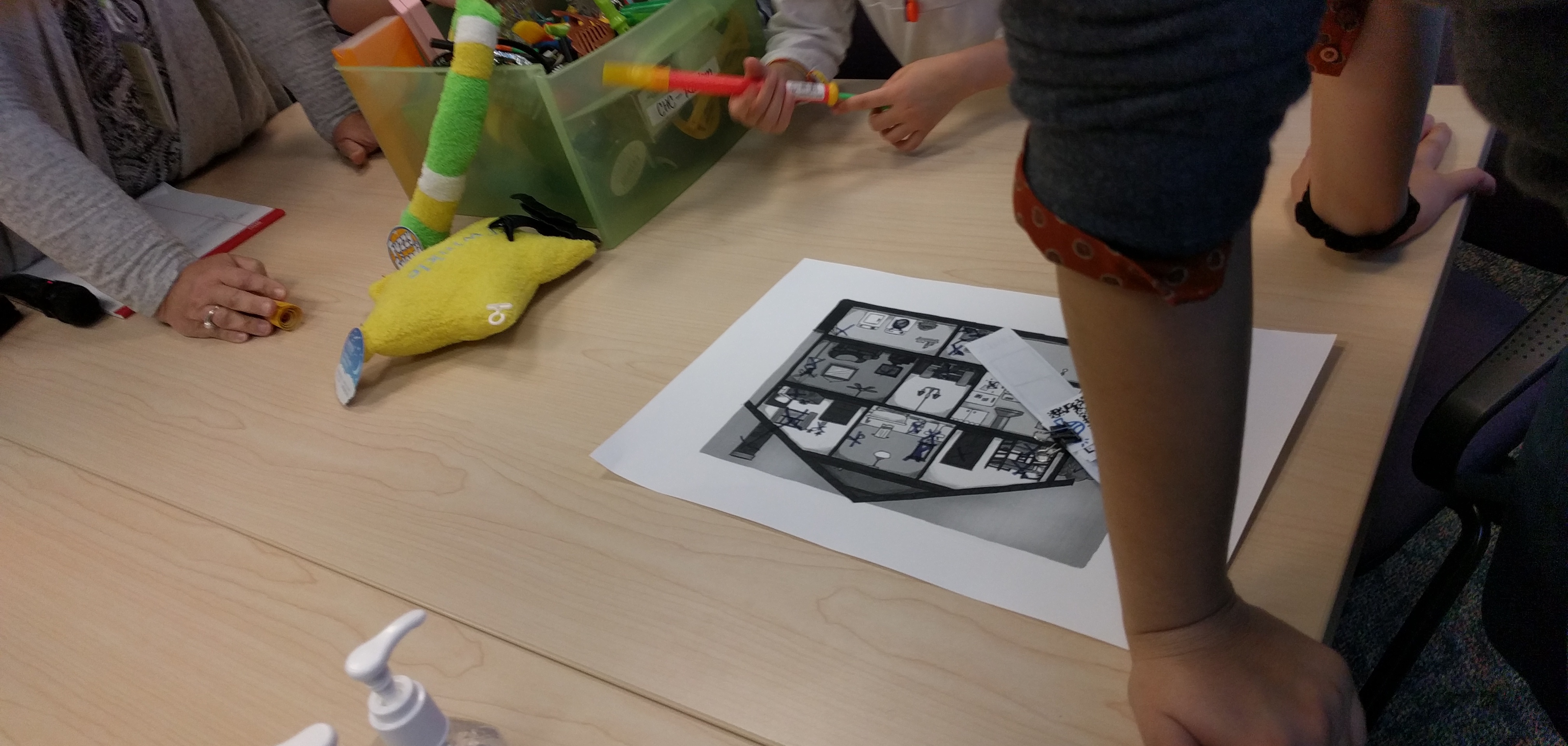
Expert evaluation
In addition to playing the game with kids, we also got feedback from a speech and language pathologist on how we could improve the game from a learning perspective.
She expressed concern over specific words and phrases used in context for the game. She then gave us materials on the sorts of sounds and phrases that therapists focus on to support children in aural habilitation therapy.
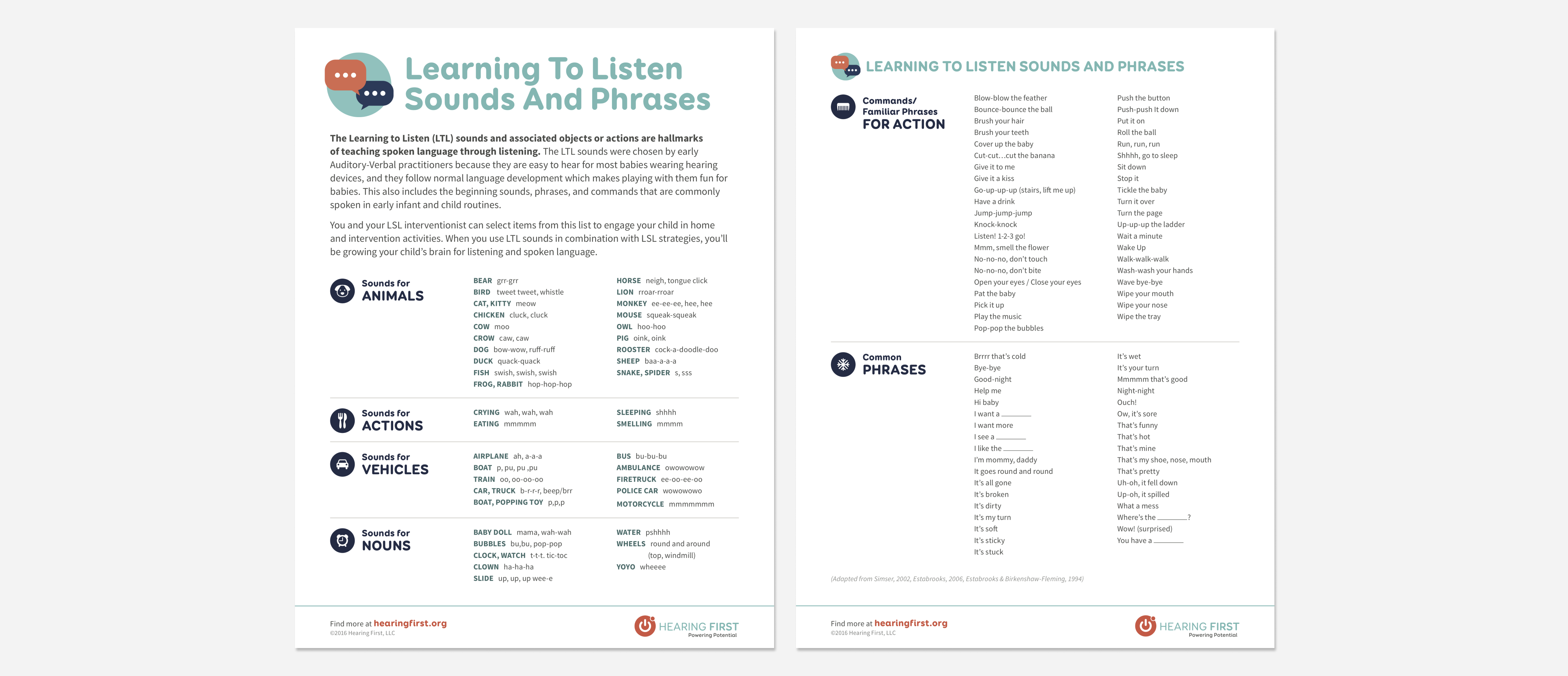
High fidelity prototype
Incorporating feedback from both kids and speech / language experts, we created our high fidelity prototype. We focused on improving the learning components of gameplay as well as the visual design of the game’s assets.

Different card decks represent different levels of difficulty. So the game can be tailored to a child’s stage of language learning development.

Finalized gameplay
The game is most engaging with three to six players. Begin by shuffling the deck and then drawing a card from the top.
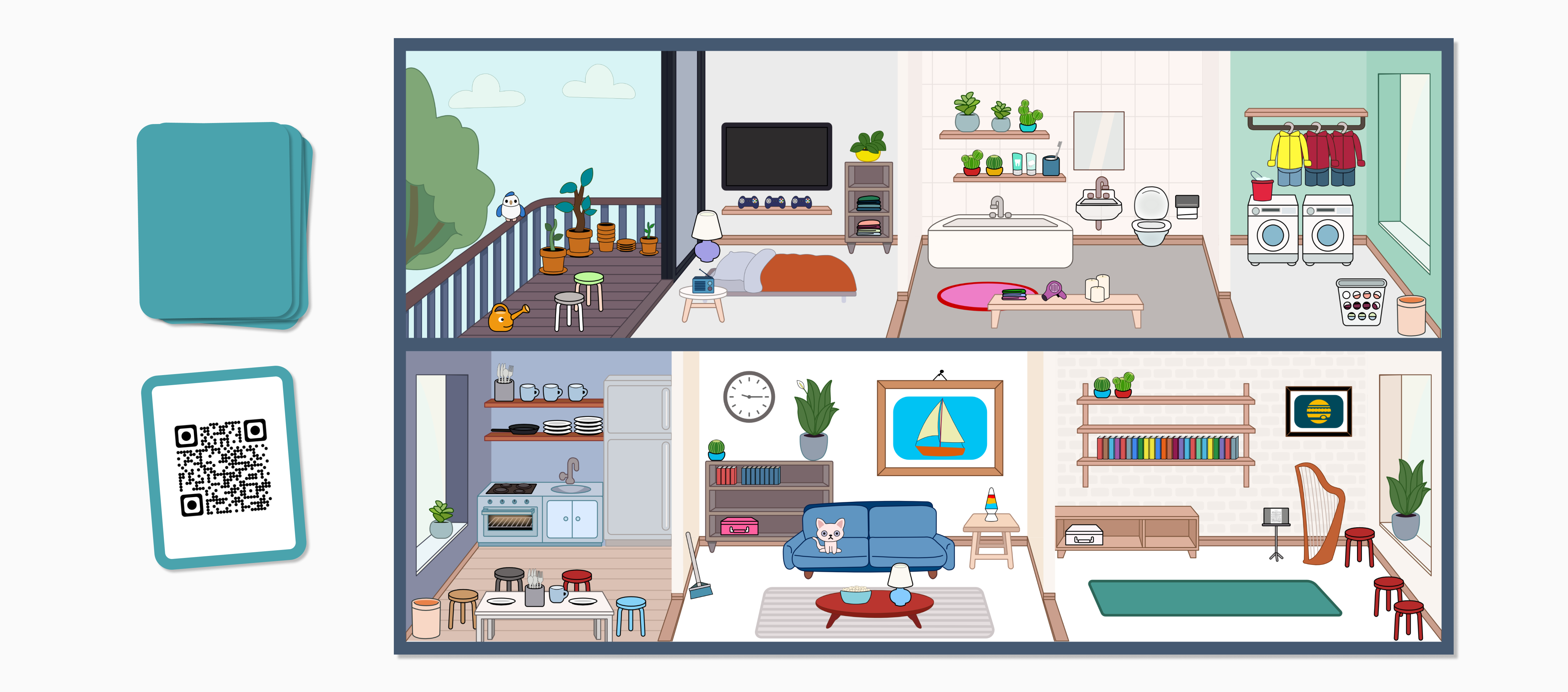
Scan the card with a smartphone QR code reader. Play the sound from the website and think about where in the house the sound would be most appropriate. Discuss with the group and decide.
The goal is to identify at least three objects that different sounds could represent per room in the house. Each card can correspond to one object or multiple depending on how a player justifies.
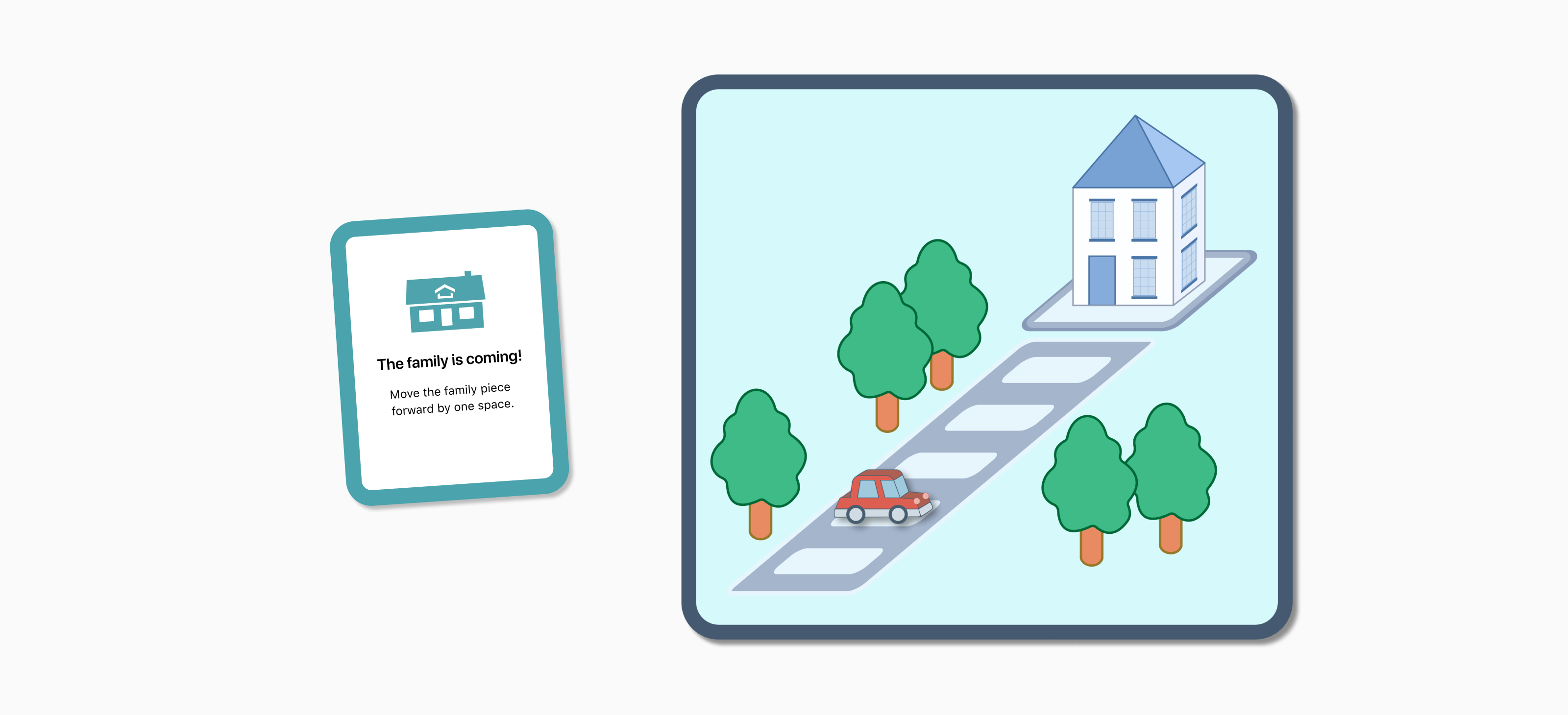
Team
- CLIENT
- Seattle Children's Hospital
- RESEARCHER & UX DESIGNER
- Laura Dickinson
- RESEARCHER & UX DESIGNER
- Samuelle Saliba
- RESEARCHER & UX DESIGNER
- Courtney Smith
- ILLUSTRATOR & UX DESIGNER
- Timothy Sun
